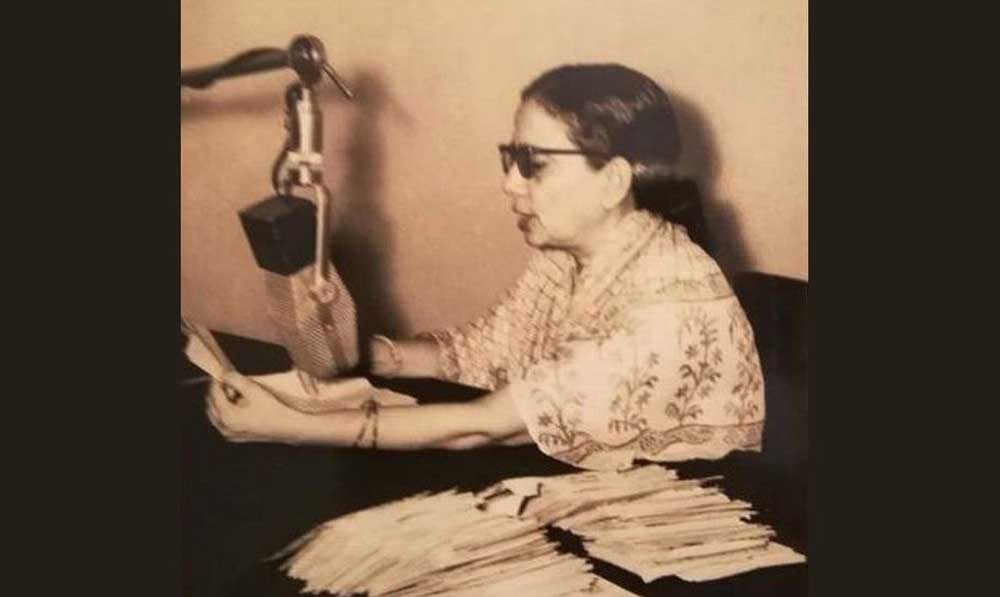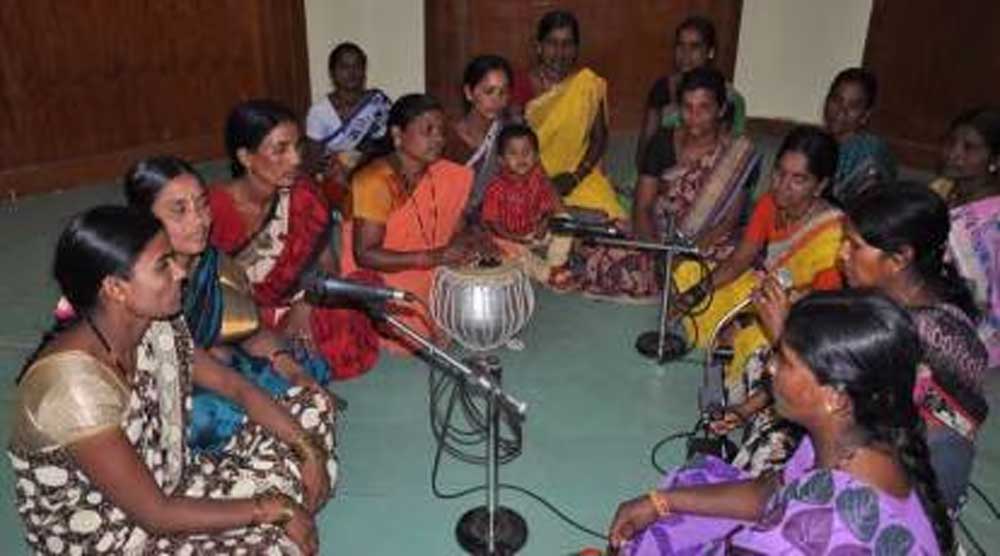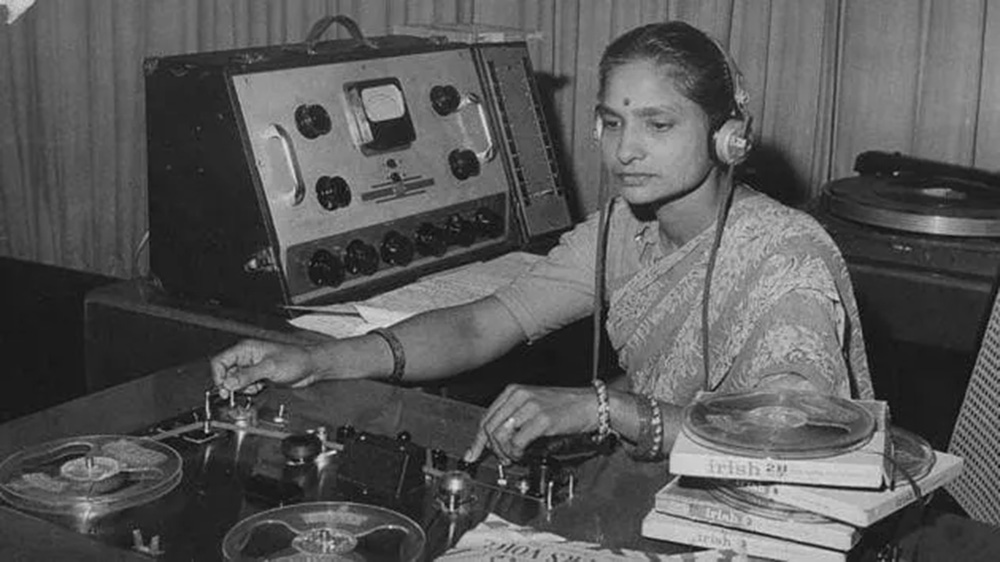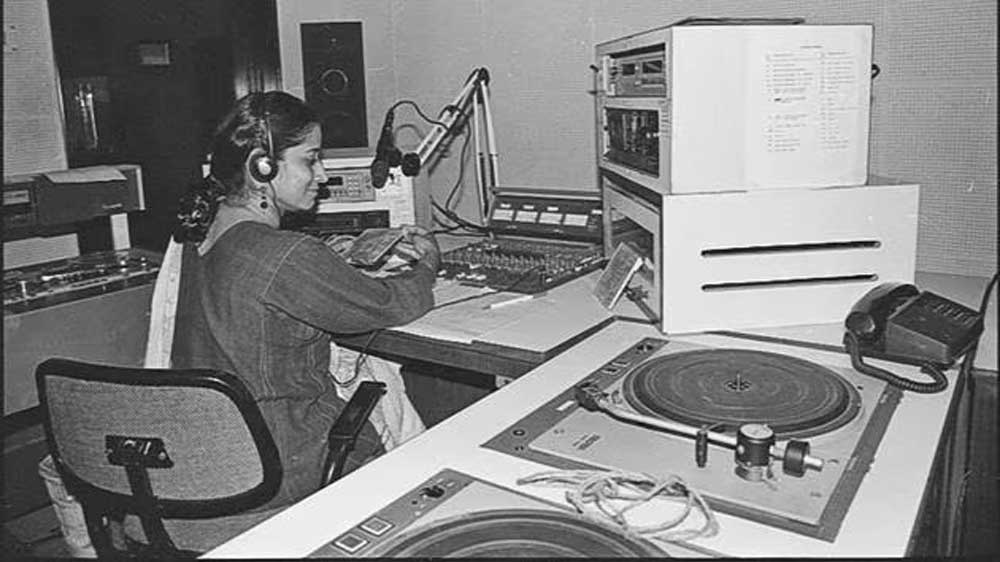Since its inception, radio broadcasting has played a pivotal role in Indian society, particularly in empowering women. From educational programs to community radio, this medium has provided women with a platform to voice their concerns, share their stories, and access critical information. As technology evolves, the role of radio and audio platforms in supporting and uplifting women remains as vital as ever. Through its localised content, community focus, and educational resources, radio continues to be a powerful medium for women's empowerment in India.

Radio broadcasting in India began in the early 1920s, during British rule. The first program was aired by the Radio Club of Mumbai in July 1923, followed by the Calcutta Radio Club later that year. The establishment of the Indian Broadcasting Company Ltd. (IBC) on July 23, 1927, marked the beginning of organised radio services, although it was short-lived. The government took over its operations in 1930, leading to the creation of the Indian State Broadcasting Service, which was later renamed All India Radio (AIR) in 1936. This date, July 23, is now celebrated annually as National Broadcasting Day.

Saeeda Bano was the first woman of Free India to become a broadcaster, symbolising the entry of women into the broadcasting sphere. This phenomenon was not limited to India but occurred globally, coinciding with significant milestones in women's rights, such as gaining the right to vote. As radio emerged as a household staple, it catalyzed social change, amplifying women's voices and advocating for their empowerment on a global scale.
Women's Programming: A Cornerstone of Radio

From its inception, women's programmes have been a central part of radio broadcasting in India. Typically aired in the afternoons, these programs were scheduled to align with women's daily routines, allowing them to tune in during breaks from household chores. The content was tailored to their interests, covering a wide range of topics from health and education to social issues.
Localisation: Speaking the Language of the Audience

One of radio's unique strengths is its ability to connect with audiences through localised content. Presenters speak in regional languages and dialects, making the content accessible and relatable. Whether it's Haryanvi on the Rohtak station, Maithili in Muzaffarpur, or Khasi in Shillong, this approach ensures that radio resonates deeply with its listeners.
A Platform for Women's Voices

Radio has provided a crucial space for women to be heard in a predominantly male-dominated society. It blurs the lines between the private and public spheres, addressing women's roles as homemakers, workers, consumers, and citizens. By doing so, it fosters a sense of community and belonging among women.
The Rise of Community Radio
Despite advancements in communication, rural India still faces significant challenges. With 70 percent of the population living in rural areas, community radio has become a vital tool for bridging the communication gap. Community radio stations, often managed by women, offer localised content that addresses the specific needs of rural communities. These stations provide a platform for women to share their stories, access information, and engage with their communities.
Education and Empowerment Through Audio

Audio content is a powerful tool for women's empowerment, offering resources for education, skills development, and personal growth. During the Covid-19 lockdown in 2020, radio became a lifeline for many rural children, providing educational content when schools were closed. Podcasts, audiobooks, and other audio resources continue to offer valuable learning opportunities for women, helping them overcome cultural and socio-economic barriers. Radio and audio platforms also play a significant role in promoting mental health and well-being among women. Programmes focusing on guided meditations, relaxation techniques, and motivational speeches provide support and encouragement, helping women build confidence and resilience.
Community Radio: A Lifeline for Rural Women
Community radio, as a low-cost technology, has been instrumental in empowering women in remote rural communities in India. Women-led community radio stations in different parts of India are primarily managed by women radio broadcasters and station managers. These stations bridge the information gap between urban and rural audiences, often operating out of small rooms with basic infrastructure and a minimal, multitasking staff. They transmit information relevant and important to their audiences in rural India.
When the Indian government began issuing licenses to communities to set up their own radio stations in 2008, Sangam Radio was the first to go on air. Backed by the Deccan Development Society in Telangana, the station made history by being run entirely by women from the oppressed Dalit community. Over a decade later, more than 400 community radio stations operate across the country, from Koraput in flood-ravaged Odisha to Banswara in drought-stricken Rajasthan. The content is always in the regional dialects, such as Bundeli, Kutchi, or Marwari, reflecting the linguistic diversity of India.
Narrowcasting for Specific Communities
Community radio stations narrowcast to specific groups, including farmers, fishermen, tribal groups, the physically challenged, and the elderly. This targeted approach ensures that the content is relevant and beneficial to the communities they serve.
The Reach of All India Radio (AIR)

With a network of 591 radio stations, AIR today is accessible to 98 percent of the population and nearly 90 percent of the total area. Broadcasting in 23 languages and 146 dialects, AIR caters to a vast spectrum of socio-economically and culturally diverse audiences, making it a broadcasting giant in India.